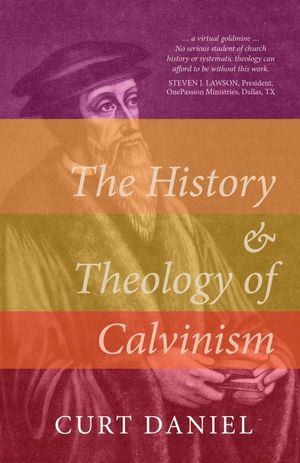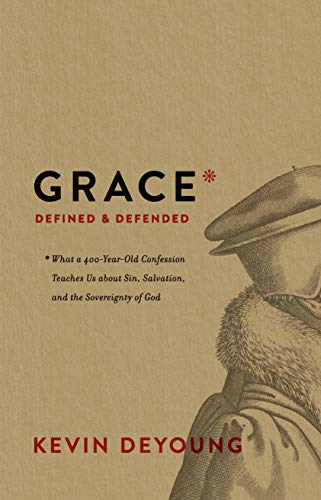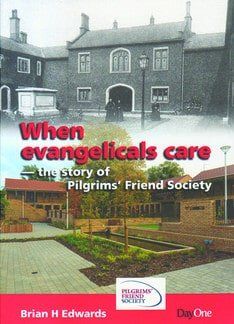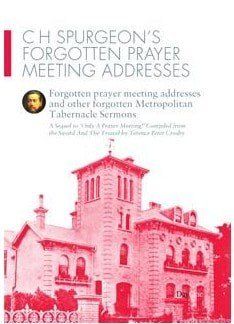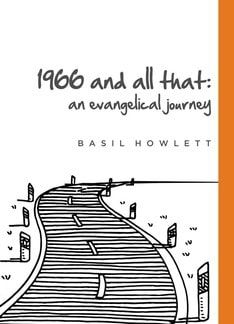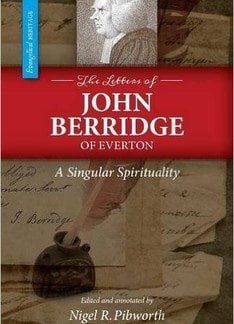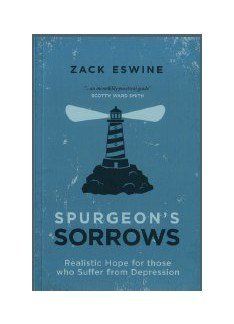Revival comes to Yorkshire!
The ministry of Benjamin Ingham
by John Harris
Some years ago a Benedictine priest was heard to say that he was praying for a Yorkshire revival. Alas, he was only concerned with the fortunes of the county cricket team, which needed assistance from somewhere at the time! Certainly, the spiritual needs of the area remain acute today, as in the UK generally.
But in days gone by God visited the county in mighty saving power. Yorkshire in the mid 18th century was a wild and desolate place both sociologically and spiritually. Its inhabitants, said John Newton, ‘had little more sense of religion than their cattle and were wild and uncultivated like the mountains and rocks which surrounded them’.
Another wrote, ‘For ignorance and brutality the Yorkshire people were supposed to be unmatched in England’. Yet the green shoots of the Great Awakening began to show themselves in this barren terrain at the same time as they appeared in equally unpromising soil among the coal miners in Kingswood, Bristol.
Call for mercy
A rich harvest would be reaped in the 1740s throughout the British Isles, but the agent in God’s hand of these Yorkshire first-fruits was a young man named Benjamin Ingham. He was born in Ossett near Wakefield in 1716.
His early life parallels that of his contemporaries, the Wesley brothers and George Whitefield – an education at Oxford, the strict regime of the Holy Club, and ordination into the Church of England. Like John and Charles he went to Georgia as a missionary while still unconverted.But unlike them he came back rejoicing in the saving grace of God. Details of his conversion are frustratingly few but his first biographer tells us, ‘The Spirit of the Lord began to convince him of sin in the ship as they were going over to Georgia, but he laboured hard to establish his own righteousness and underwent some conflict of soul. At length, having used all means and finding them ineffectual, and in deep distress, he looked unto Jesus, called upon him for mercy and instantly obtained it’.
The Spirit of the Lord
That was in early 1737. On his return from the voyage, his friend and colleague George Whitefield instantly noticed the change in him. Whitefield later wrote, ‘perceiving him, as I thought, remarkably grown in grace, I longed still more to be sent to the same school, hoping to catch some of that holy flame with which his soul was fired’.
On his journey home from Oxford in September, Ingham rested for a while on the moors above Woolley Edge, near his village home. As he contemplated the sweep of the Calder Valley beneath him – and wondered what God might have him do – we are told that ‘the Spirit of the Lord was poured upon him in a particular manner and then and there he was commissioned of God to be a preacher of the gospel and was anointed of the Spirit for the work’.He began preaching immediately – with instant and sensational impact. He proclaimed his gospel message in all the churches and chapels about Wakefield, Leeds and Halifax, and continued over an ever widening area with singular success.Opposition from the local clergy was inevitable and by 1739 he had been prohibited from preaching in any of the churches in the diocese of York. Undeterred, he took himself to barns, farmhouses, fields, village greens and anywhere a crowd could gather – thus pioneering in Yorkshire the entirely unorthodox methods that had been inaugurated a few months earlier by Whitefield in Bristol.Margaret and Selina
His friend William Grimshaw commented, ‘Multitudes assembled everywhere … Many people not only heard, but were convinced, converted, and brought to a saving knowledge…’
By the end of 1739 forty ‘societies’ had been established through his ministry and he preached a circuit in West Yorkshire covering over 60 different places. Nor was it just the unsophisticated inhabitants of rural Yorkshire who were attracted to the powerful preaching of this young man.Three daughters of the Earl of Huntingdon were living with their half-sister Lady Betty Hastings at Ledstone Hall, where he was invited to preach in the private chapel. The girls were brought under conviction and turned to the Saviour.Lady Margaret wrote with enthusiasm to her sister-in-law Selina, Countess of Huntingdon, ‘Since I have known the Lord Jesus Christ for salvation I have been as happy as an angel!’Selina was in spiritual distress at the time but as a direct result of this testimony she found peace and joy in believing. So it was that Ingham soon found himself in Leicestershire giving counsel and comfort to the new convert.Lady Margaret and Benjamin subsequently fell in love and they married in 1741. Their union was wonderfully happy and she supported him affectionately for the rest of their lives together.
Overshadowed
His ministry began to extend into Lancashire, Westmorland and Cumberland. His preaching circuit now covered 400-500 miles and by 1750 he estimated that 60,000 people would hear his gospel in a three week tour of Manchester and Bolton.
In 1762 Grimshaw was able to report to the Countess of Huntingdon that ‘Ingham was still preaching Christ crucified with wonderful success and inexpressible benefit to the souls of many’. Eighty ‘Inghamite’ societies were now in existence. Revival had indeed come to the north of England.Ingham’s contribution to the 18th century awakening has, regrettably, been almost completely overshadowed by that of his contemporaries. The truth, however, is that by the time of John Wesley’s first visit to Yorkshire in 1742, the revival had been under way in the region for five years. And Ingham was still engaging in a highly effective and blessed ministry in 1762.Yet his death in 1772 went almost unnoticed and his name rarely appears in accounts of those glorious days. Why has he been so forgotten? There may be a number of reasons.
Legacy
His relationships with some of his Methodist brethren were fraught – John Wesley had become dismissive of him although they were close in earlier years. His link with the Moravians (to whom he had turned over a number of his societies) had turned sour and they rejected him.
And in 1763, due to Sandemanian influence on a hot headed young colleague, he lost control of many of the groups he had, under God, brought into being. Yet it would be wrong to think that he was unable to get along with anybody else – he maintained warm and lifelong friendships with the Countess, Charles Wesley, William Grimshaw and George Whitefield.The valleys and dales of Yorkshire and Lancashire resounded with the gospel of saving grace and the glad cries of those who found peace with God and forgiveness of sin. He deserves to be remembered – and the Lord deserves our gratitude for his labours.Has Ingham any legacy today? Only two Inghamite churches remain. Yet a note in a local history has this to say: ‘1739. Methodism was propagated in Mirfield by Benjamin Ingham’. The society he began there was later turned over to the Moravian connection.The church flourished well enough to warrant the building of a Sunday school hall in the 19th century – and in 1976 that same building was purchased by Mirfield Evangelical Church.The gospel Ingham loved – and preached so effectively with Holy Spirit power – is still proclaimed today in that same location. May it please Almighty God to attend it with the same success.

